As a procurement manager or a wholesale buyer in the foodservice industry, you may be wondering, Are my paper coffee cups truly plastic-free? With increasing demand for eco-friendly packaging solutions and the pressure to meet sustainability standards, this is a question that many businesses are asking. In this article, I will dive deep into the test methods used to ensure that paper coffee cups are 100% plastic-free and why this is important for your business.
The answer to the question: “Are paper coffee cups truly plastic-free?” is: YES, but only if they are tested for the right factors, such as material composition, chemical analysis, and compliance with industry standards.
Ensuring that your cups meet these tests guarantees that you are offering a sustainable and eco-friendly option to your customers.
Growing Demand for Eco-Friendly Packaging: The growing global shift toward sustainability is not just a trend, but a necessity driven by both consumer preferences and regulatory mandates. Governments worldwide are enacting laws that limit or ban single-use plastics, especially in the foodservice sector. From restaurants and coffee chains to suppliers, everyone is looking for alternatives to plastic packaging. Your customers are increasingly prioritizing products that align with their eco-conscious values, making it crucial to offer packaging that is genuinely plastic-free.
As businesses in the coffee industry, you’re likely facing growing demand for eco-friendly plastic free coffee cup that align with these values. The question isn’t just whether you can offer eco-friendly cups, but whether those cups are genuinely sustainable. Misleading claims about plastic-free products can lead to negative consequences for your business, including damage to your reputation and legal repercussions.
Labeling paper coffee cups as “plastic-free” when they still contain plastic components can severely damage your business’s credibility. Consumers today are increasingly skeptical of greenwashing, and governments are cracking down on misleading claims. A cup that falsely claims to be plastic-free could not only violate regulations but also lead to environmental harm if it doesn’t biodegrade or compost properly.
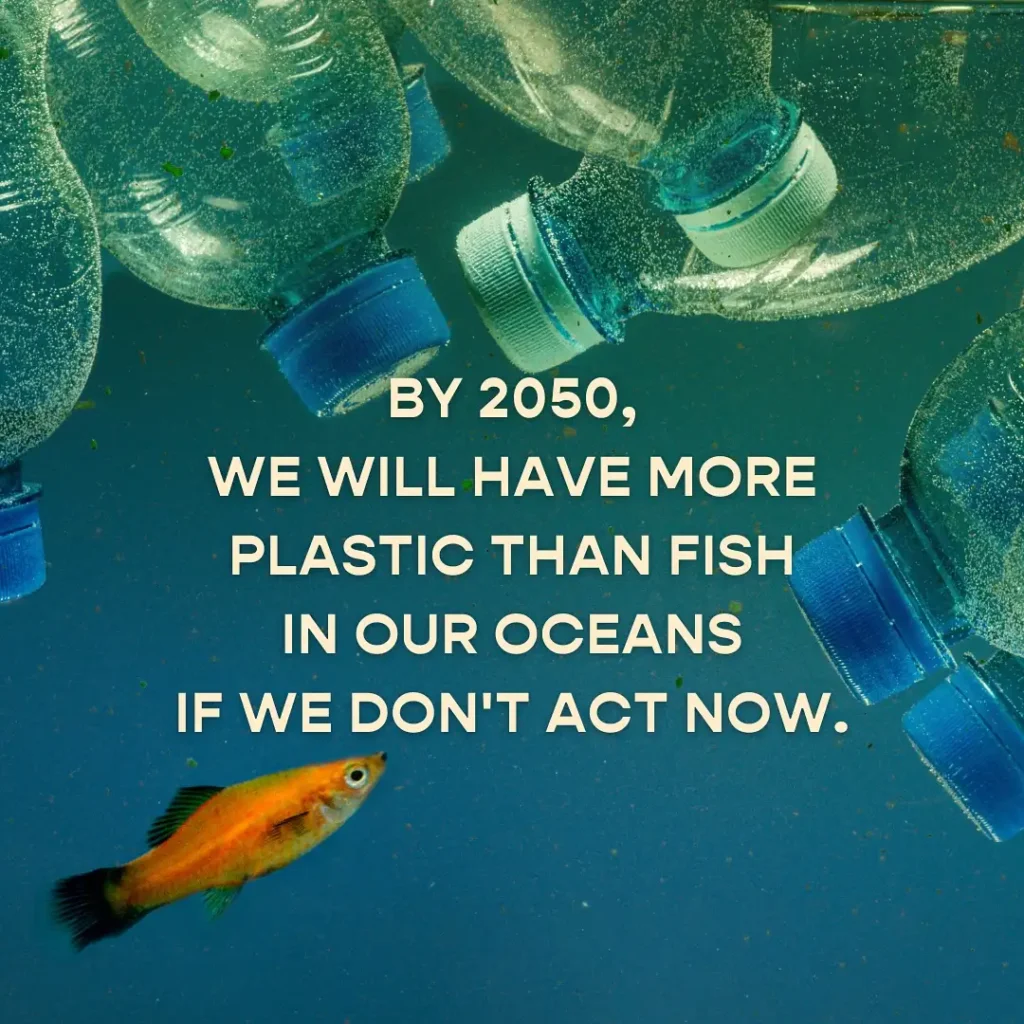
From July 2021 the EU Single Use Plastic Directive (SUPD) requires standard ‘Plastic in Product’ markings for a range of packaging items, including beverage cups.
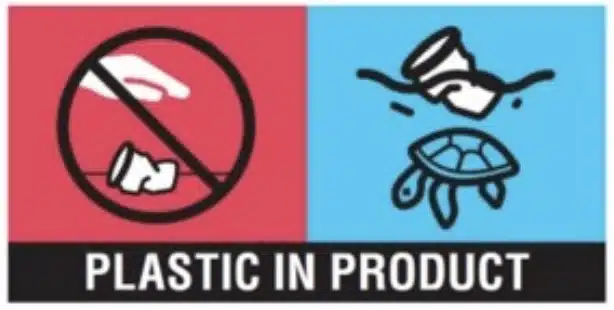
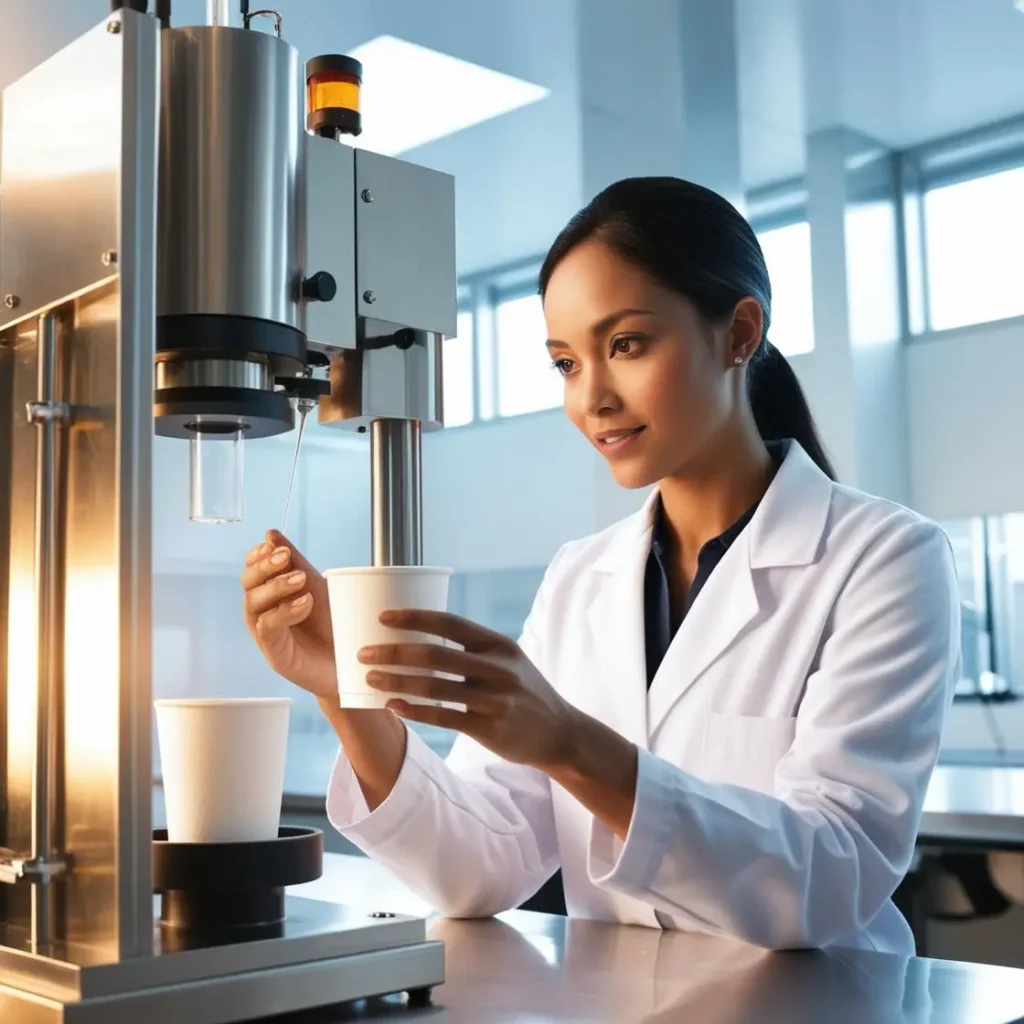
Material Composition Testing
Wrong: Microscopic tests are needed to detect hidden plastics.
Read More here
Right: Greenwashing risks legal action and lost customer trust.
More link: Catering Brand Builder Tips
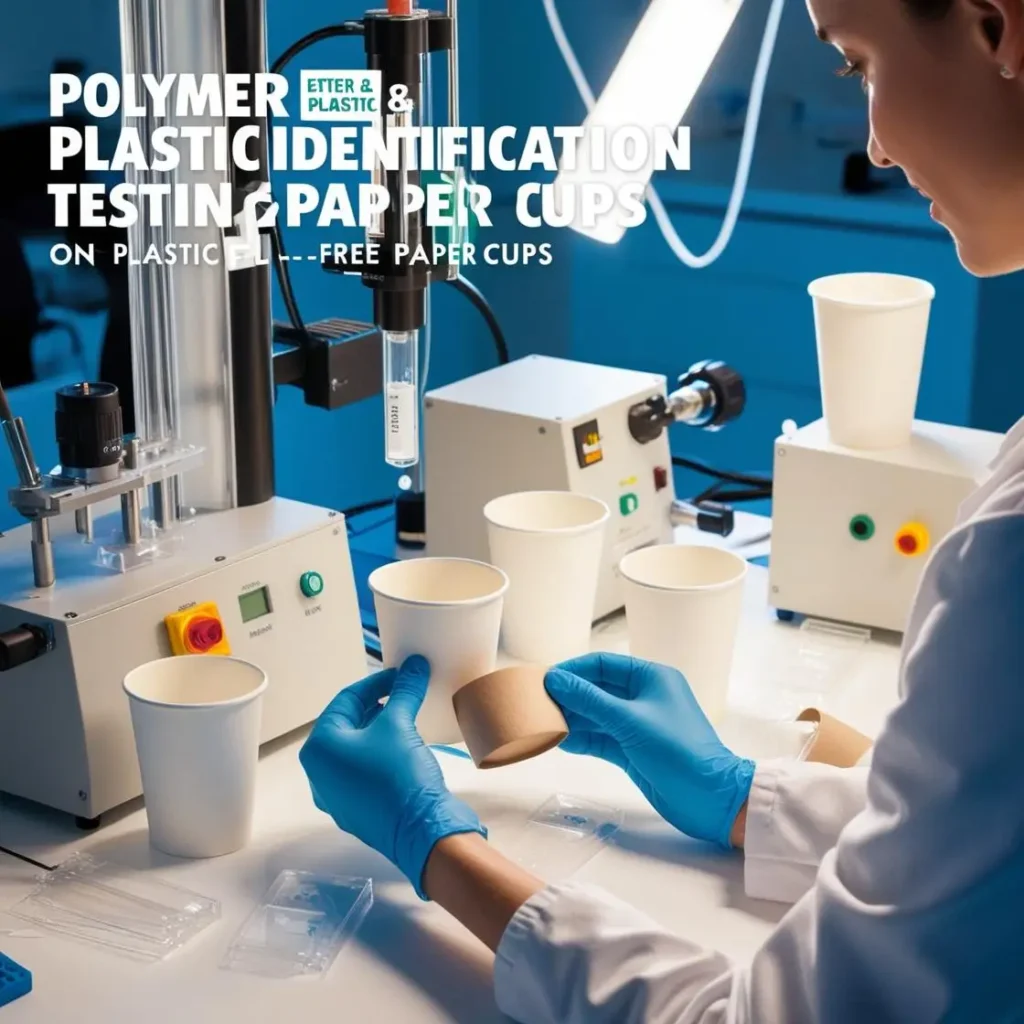
Polymer and plastic identification testing is essential for confirming the material composition of a cup. This ensures that no plastic components are present.
Test Method:
Wrong: Multiple tests improve accuracy.
Right: Advanced tools increase precision.
Key Regulations for Single-Use Plastics With governments around the world passing laws to limit single-use plastics, compliance with plastic-free regulations is essential for businesses in the foodservice industry. In the EU, for example, the Single-Use Plastics Directive bans plastic-coated paper cups by 2023, making it crucial to have a plastic-free alternative that passes regulatory tests.
Certifications for plastic-free products, such as FSC (Forest Stewardship Council) and EN13432, provide buyers with assurance that the products meet international standards for sustainability. These certifications also ensure that the plastic free disposable coffee cup is genuinely biodegradable and compostable.
Single-use plastics, compliance with plastic-free regulations in U.S.
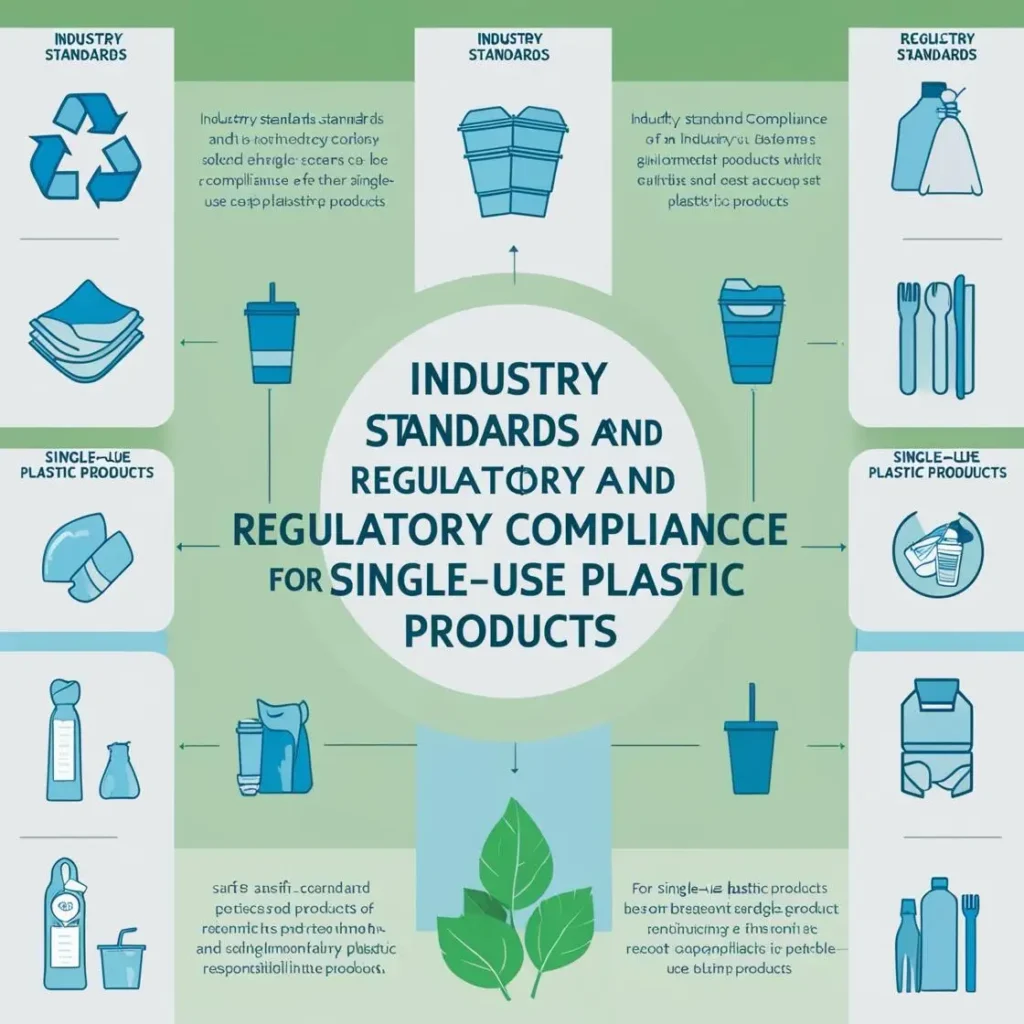
Wrong: Non-compliance can lead to bans.
Right: Standards differ between countries.

Ensuring that your paper coffee cups are genuinely plastic-free is essential not only for sustainability but also for compliance with emerging environmental regulations. At Get Bio Pak Co., Ltd, we offer customized plastic-free coffee paper cups that are verified to meet the highest standards of eco-friendliness and performance. Our products feature water-based barrier paper cups that offer reliable liquid resistance without relying on harmful plastic coatings.
Yes, some paper cups can release microplastics, especially if they have plastic coatings. It’s important to choose cups that are verified plastic-free through proper testing to ensure they don’t contribute to microplastic pollution.
The quality of a paper cup can be checked through material composition testing, liquid and heat resistance testing, and certification from reliable environmental standards. Ensure that your supplier conducts these tests to offer high-quality products.
Not all paper cups are plastic-free. Some still contain plastic coatings such as polyethylene to provide liquid resistance. Be sure to choose certified plastic-free cups that meet sustainability standards.
Paper cups are made waterproof by using water-based or plant-based coatings instead of plastic. These coatings provide the necessary liquid resistance without harming the environment.
The plastic coating on paper cups is typically polyethylene, a plastic polymer used to make the cup waterproof. For a truly plastic-free option, look for cups with alternative coatings like water-based solutions.

Please pay attention to the email with the suffix “@zjmfxc.com”.
I will reply within 24 hours.
Please pay attention to the email with the suffix “@zjmfxc.com”.
I will reply within 24 hours.